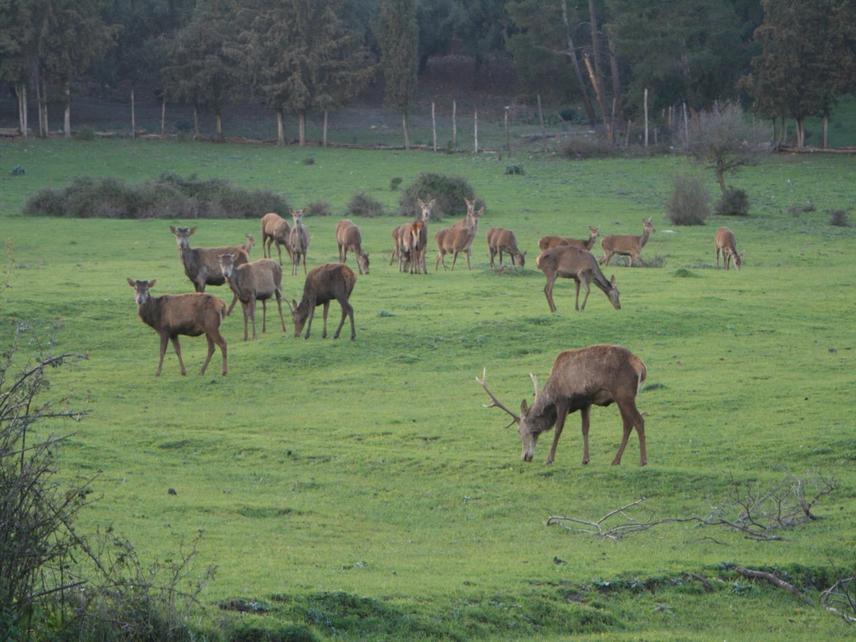Ghayet El Mouna Hajji
Other projects
10 Sep 2015
Prospection and Restoration of Barbary Deer Habitat in the Northeastern Part of Tunisia: A Tool for its Conservation and Monitoring
This project has mainly two aims, the first aim is the delimitation of the distribution area of deer in Algeria; it is very important for the conservation of this rare species; the second one is the estimation of the genetic variability of this protected population, this step is also necessary for the implementation of a management plan. The information to be obtained will help us to estimate the genetic diversity of deer studied and orientate us to implement a management plan.

The Barbary deer in Algeria is suffering many problems such as habitat loss and fragmentation, natural catastrophes and poaching. In addition, populations inside and outside natural parks and reserves are not managed as they should be; the translocation operations are done arbitrarily and are not based on scientific data. The concentration of Barbary deer in a small area makes it susceptible to diseases and forest fires which are not uncommon in the region (Dolan, 1988; Oumani, 2006). Since it is the last surviving population of possibly autochthonous African deer, measures should be taken to reintroduce animals into other parts of their formerly much larger distribution area in order to reduce the risk imposed on the population by forest fires or diseases.
In this study we intend to infer the genetic diversity, population structure of Barbary red deer in Algeria. Results will allow the incorporation of genetic considerations in their management and conservation, for instance by providing knowledge on the distribution range and population connectivity between study areas. They will also permit the assessment of changes in gene flow which have had a detectable contribution towards shaping the present-day genetic structure of Barbary deer.
By the end of this project, we will get information on
a) The distribution area of the species in Algeria (north-eastern part, which is the continuation of its distribution range in the western-north part of Tunisia)
b) The genetic diversity of the Algerian natural and in captivity population by using mtDNA and microsatellite markers’ analysis.
c) The genetic structure of Barbary deer in Algeria and in its whole distribution area
d) The impact of different stochastic factors on the genetic variability of Barbary deer
Our work will serve to propose a management plan for Barbary deer in the Algerian side. This will strengthen links between researchers and local authorities and influence stakeholders to make decision based on scientific data.
Reports, scientific papers, posters based on results of this project will be published. Information will target local people, national and international institutions and governmental organizations of importance of conservation.